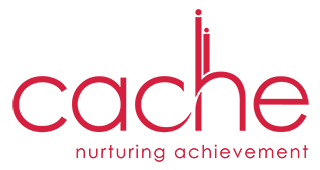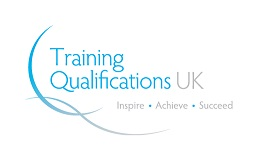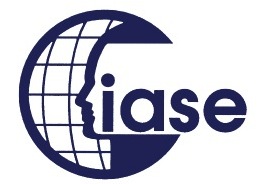10 Most Common Accommodations In Individualized Education Programs Which You Must Implement In Your Classroom
17th November 2023
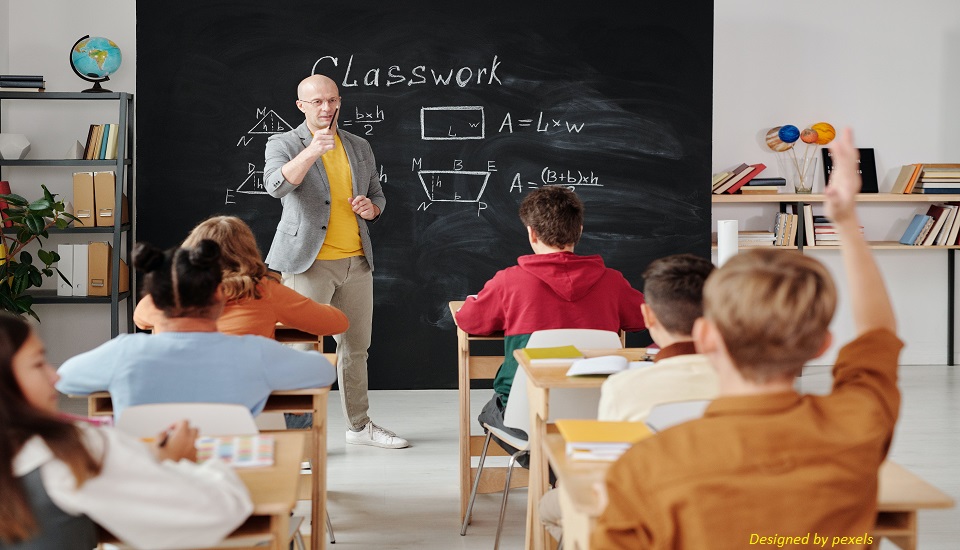
The life of any special education student is not easy as they have to face challenges on a daily basis in both academics and in their day-to-day lives. In almost every corner of the world, there’s a huge need for special education teachers who can help special education needs (SEN) students thrive in their lives.
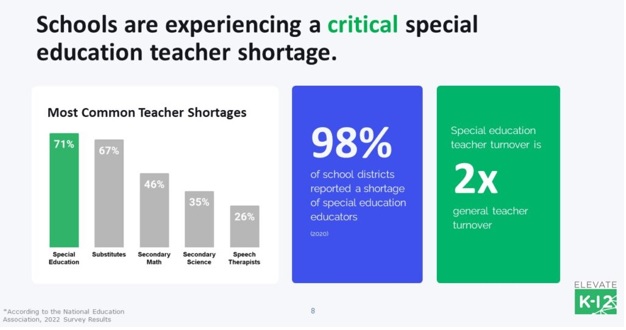
Source: elevatek12.com
So, if you’ve recently completed courses like SEN-CACHE-ENDORSED-COURSES, then the world needs you and your teaching skills to provide support to special education students.
Furthermore, if you’re already teaching special education teachers then creating a supportive and engaging learning environment should be your top priority and you can achieve this with accommodations and modifications in school.
Individualized Education Programs (IEP) include a variety of accommodations, which is being developed to meet the unique needs of every student with special needs like, comprehension skill of information, providing a supportive learning environment, and helping them to achieve their curriculum goals.
In this blog post, we will be exploring ten of the most common accommodations that can IEP program can provide which can certainly improve every student with special needs in every aspect.
Before moving to the topic, can we ask you a question? Do you follow us on Social Media? We regularly share upgraded educational content, tips, feedback, and more. Check us out by clicking the profiles here - Facebook / Twitter / LinkedIn / Pinterest / Instagram / YouTube
So, without any further delay, let’s get started.
What Are IEP Accommodations?
IEP accommodations are tools and modifications implemented to facilitate better learning experiences for students with special needs. Unlike modifications, which alter the task itself, accommodations focus on adjusting the process by which the student completes the assignment without changing the assignment's core content.
Accommodations are designed in such a way that it helps to understand every child with special needs and strengths and help them to use their special ability to improve comprehension skills of the learning materials and engage with them in an effective manner alongside their peer.
Types of Accommodations
Accommodations can be categorized into several types based on their purpose:
Presentation: These accommodations involve making changes, to how information is presented to students.
Response: These accommodations modify the way students complete their assignments.
Environment: These accommodations adjust the learning environment to meet the needs of each student.
Timing: These accommodations. Shorten the time given for completing assignments.
Organization: These accommodations provide tools to help students effectively manage their time and assignments.
It's important to note that not all students require different accommodation. The selection of accommodations depends on each student's needs and learning style. The goal of an Individualized Education Program (IEP) is to identify and implement the accommodations that will be most beneficial for each student.
The 10 Most Common Accommodations in an Individualized Education Program (IEP)
1. Alternative Instruction Format
Some students may benefit from receiving information in formats, such as aids like charts, diagrams or having instructions read aloud by someone.
2. Digital Tools
Digital tools can greatly assist students with special needs across subjects. They can be used for spelling assistance, math calculations, note taking and accessing information in formats.
3. Testing Accommodations
Students with special needs may face challenges when taking tests in a classroom setting. One possible solution is allowing them to take tests in a room or, with a group. You can consider an alternative way is to modifying the timing or rearranging the sequence of exam segments all aimed at enhancing comprehension and performance.
4. Incorporating Breaks
Most of the students with special needs discover it’s advantageous to incorporate scheduled breaks into their routine in order to facilitate transitioning between tasks and sustaining concentration. These intervals of rest can be especially valuable, during exams or assignments.
5. Preferred Seating
The right placement of every student with special needs within the classroom can positively influence their learning experience. Preferential seating is one of the methods you can use to make sure that every student sits in an area that enhances or optimizes their learning ability and improves the engagement rate within the class with minimal distractions. This method will also make sure that they sit away from their talkative classrooms or close to you for better visibility and hearing.
6. Extra Time for Assignments
Certain students with special needs may require time to complete assignments or exams. This additional time allows them to carefully process questions and instructions enabling them to display their knowledge and abilities without feeling rushed.
7. Teaching Study Skills
Teaching study skills provides students with techniques and strategies for managing their time, assignments, and materials. This may involve using tools like planners, alarms or other resources to enhance productivity and goal achievement.
8. Tools for Sensory Support
Students with special needs may benefit from tools that help them focus and regulate their behavior in the classroom. These tools can include fidget toys, noise-cancelling headphones, weighted lap pads, or other items specifically tailored to meet their requirements.
9. Note Taking Alternatives
Some students may encounter difficulties in taking notes during class. To support their studying and review of the material, accommodations can be made such as providing outlines or modified versions of notes assigning a designated note taker for them or allowing recordings of lessons.
10. Adjusting the Learning Environment
Environmental accommodations ensure that the physical learning environment is tailored to meet the needs of each student. This might involve making adjustments, in lighting, acoustics, or seating arrangements to optimize communication, understanding, and information processing.
IEP Program’s Accommodation Can Help SEN Students to Achieve Success
Special education teachers, parents, and caretakers play a vital role in every child with special needs lives. One of the best ways to provide them with the necessary support is with the help of an IEP accommodations program by which you can create a supportive and inclusive learning environment with the accommodations and modifications in school for them. Teachers, who have pursued courses like SEN-CACHE-ENDORSED-COURSES, know it really well.
With the help of the above-mentioned ten most common IEP accommodations, you can understand the endless range of possibilities available in an IEP program. Now, it’s time for you to observe every special student's needs and their unique need and according to that you must determine the necessary accommodations for their academic success.
We believe education should be accessible for everyone. That’s why we don’t charge for our blogs. Find the right course that will help you in your career with us, contact us at - +1800-212-6800. You can mail us at act@asiancollegeofteachers.com.





